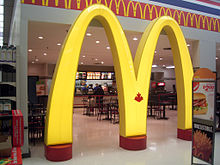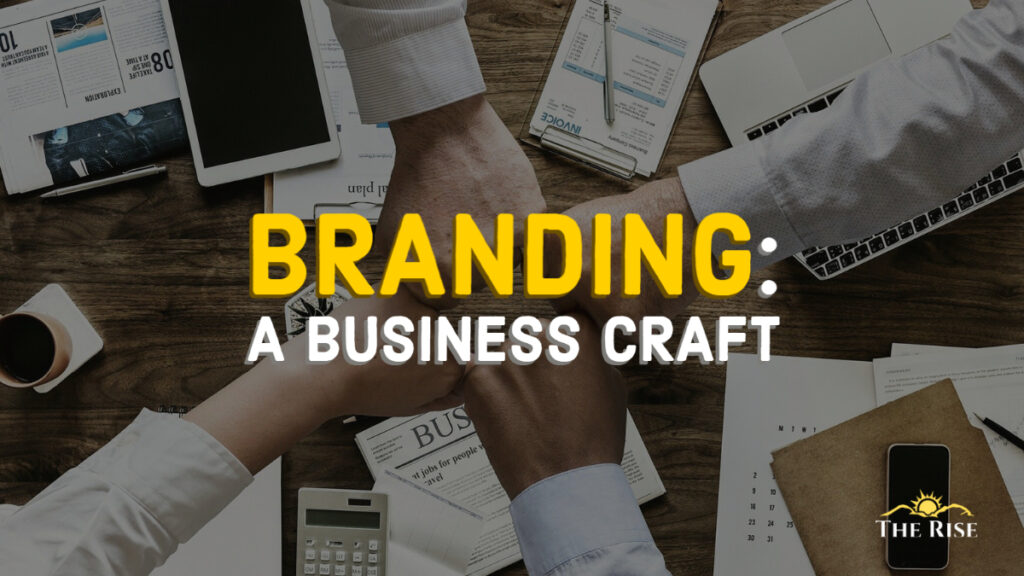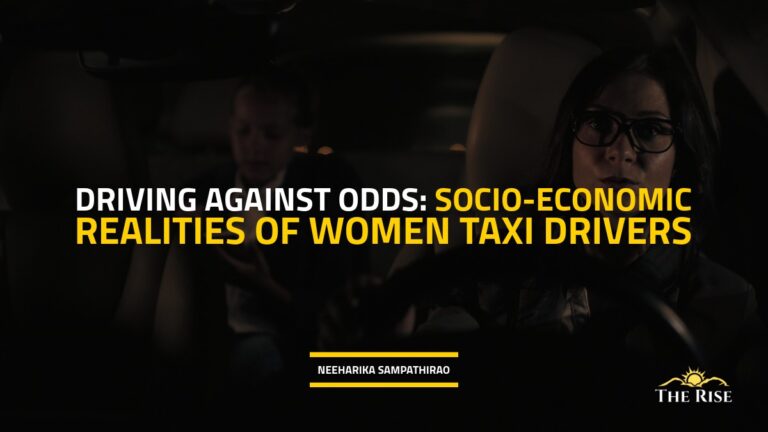Imagine living in a world where toothpaste is just ‘a toothpaste’, soap is ‘a soap’ and cola is simply ‘a cola’. No, we are not talking about the world of monopoly; rather a world where there is no way to differentiate a supplier’s product from that of its competitor; where all shopkeepers stock the same product with the exact same packaging and price.
Sounds horrific, right? How does a buyer identify the distinctiveness of a product from its counterparts in the same segment? Even from a supplier’s point of view, attaching a tag of ‘exclusiveness’ along with consumer emotion to its products is one of the best ways to increase the predictability and the stability of sales. This is exactly what Branding is all about!
Brand – A Reputation!
A brand helps create an identity and maintain a reputation. Even a shopkeeper’s name is a brand if it helps create a reputation. Why have we been going to the same provision store for the past 20 years when there is another store next to that outlet itself? Why do we savour the Darjeeling Tea but not the tea coming from Uttarakhand? Have we noticed that we go to the same general physician every time we catch a cold? This is in spite of the fact that he is just a general physician like any other in the town!
A brand helps create an identity and maintain a reputation.
Of course, these places make good quality products available at a value-for-money price. But in addition to this, they have a reputation of being consistently good, leading them to successfully establish an identity for themselves. Hence, they are a brand!
The origin of branding comes from the Swedish word ‘brand’, meaning ‘fire’. In earlier times, farmers would put a mark on their cattle so as to identify from the big herd. A piece of iron would be burned to stamp the mark so as to indicate the ownership of that animal. Hence, even today the brands are as closely associated with symbols as with names.
What all does a brand include?

The ultimate objective is to exploit the reputation for business growth and to earn extraordinary profits. In addition to a name, companies try to build uniqueness, by having a symbol, shape, packaging, colour, and maybe a special sound to their identity. The ‘M’ of McDonald’s chain of restaurants, called the ‘Golden Arches’, is unique to the chain. The tick mark on all Nike products, called the ‘Swoosh’ is again unique to it.
The ultimate objective is to exploit the reputation for business growth & earn extraordinary profits.
Some of these efforts have interesting stories behind them. The first global computer company IBM(International Business Machines) had a huge sales force and customer support, team. All these men would be on the field, most of the time, wearing their blue suits, and meeting business managers and IT officers. This army of blue suit-clad men gave the company its nickname – the Big Blue. Today, even though most IT and tech companies have blue as part of their logo, it is still the ‘IBM’ that is associated with this colour.

The way branding affects consumers is that we end up paying quite a premium on the price because it is a brand that we buy, not a product. In addition to price premium and resale value, there are many more benefits of investing in brand building. Since the name is already trustworthy, more products can be launched under the same name and can become instant hits in the market as part of brand extension. It is the power of the brand ‘Apple‘ that made the iPod and the iPhone sell at the price at which they did. It was the power of brand ‘Reliance‘ that gives massive free publicity to all its new ventures.
You May Like: The Economics of Clean Energy
Another way how brand builds business is through distribution. Across the world, the Cola Wars are fought not only on the television but also at the outlets. Both Pepsi and Coca-Cola strive to get exclusive distribution right to their basket of brands, in supermarket cafeterias, etc. In fact, the branding warfare between Pepsi and Coca-Cola has entered new domains, as can be seen, interestingly, in the Bollywood songs – the song of “Pepsi ki Kasam from the movie The Zoya Factor”, as against “The Coca Cola Song from the movie Luka Chuppi“!
If all this true, how come we still have unbranded stuff?
If there are so many benefits of branding how come people want to sell unbranded stuff? There are two answers to this. Firstly, as more and more products get branded, the branding of newer products becomes increasingly expensive. For example, when there are umpteen different brands of soap available, it becomes very tough for a new brand to create significant impacts on our minds. Secondly, not all products benefit from the power of brands. Do we remember or care what brand of toothpicks, nail clippers, or handkerchief we buy and use?
Also Read: Rebooting Infrastructure: National Infrastructure Pipeline Dashboard
Disclaimer: The views expressed in this article are of the author solely. TheRise.co.in neither endorses nor is responsible for them.
About the author
Rohit Yadav is an Assistant Professor at SBM, NMIMS, Mumbai.








